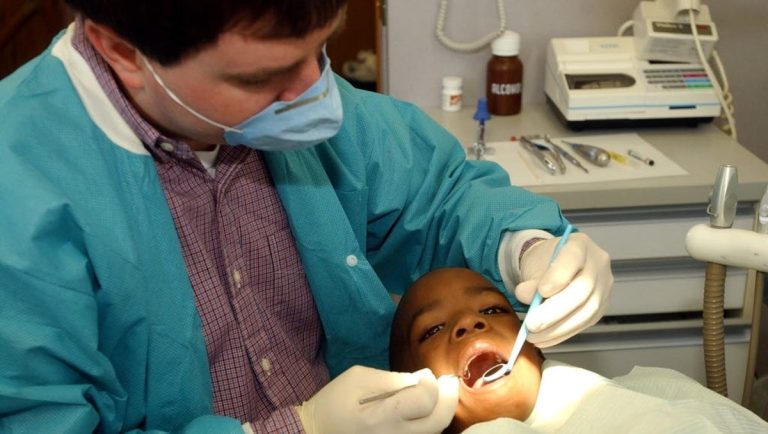Your dentist has probably offered dental sealants for your child. Mine has. Not knowing if they work, I always accepted them. This turned out to be a good move.
Introduced in the 1960s, dental sealants are plastic coatings that are applied to the surfaces of teeth. They fill and seal cavities and grooves in the teeth, making them more resistant to the bacteria that can cause tooth decay. Because molars are more prone to cavity, sealants are usually applied there. Dental sealants are most often recommended when children’s first, permanent molars come in — between ages 5 and 7 — and again when their “12-year molars” arrive — usually between ages 11 and 14. Dentists may also offer sealants for older children and adults prone to tooth decay.
In 2013, The Cochrane Collaboration published a systematic review of the evidence on sealants. It evaluated the results of 34 studies involving 6,529 children and adolescents. Of these, the review concluded that sealants are effective in reducing cavities for at least four years after each application.
For example, one randomized trial followed children with and without sealants for nine years. At the start of the study, the study participants were between 6 and 8 years old. By their mid- to late teens, 77 percent of their teeth without sealant treatment had decay, compared to 27 percent with sealants.
The Cochrane review pooled results from all these studies and concluded that the cavity-fighting abilities of sealants are significant. The review estimated that in a population of cavity-free children with a 40 percent chance of developing a first cavity in the next two years without sealants, applying sealants would reduce the rate to just 6 percent. Another systematic review of clinical trials of sealants, published in August, reached similar conclusions. And the American Dental Association encourages the application of a sealant.
According to the Centers for Disease Control and Prevention, 21 percent of children between the ages of 6 and 11 and 58 percent of teenagers had cavities in permanent teeth. However, less than a third of those between 6 and 8 have seals, and less than half of those older do.
Resin-based are the most common, but glass ionomer sealants are also widely used. Although studies show that resin-based sealants last longer, clinical trials conclude that neither is more effective than the other at reducing cavities.
However, some parents may be concerned that resin-based sealants contain derivatives of bisphenol A, which is thought to play a role in early puberty, infertility, and breast and prostate cancer.
BPA has been known to be detected in patients’ saliva immediately after sealant treatment, although none has been detected a day later and never in their blood. To date there is no evidence that sealants cause harm to patients, while there is significant evidence of benefits. The American Dental Association, citing analysis by the Department of Health and Human Services and the Food and Drug Administration, does not believe that exposure to BPA from sealants poses a risk to patients.
When your dentist offers sealants for your kids, it’s not an upsell — it’s a deal you have to accept.

